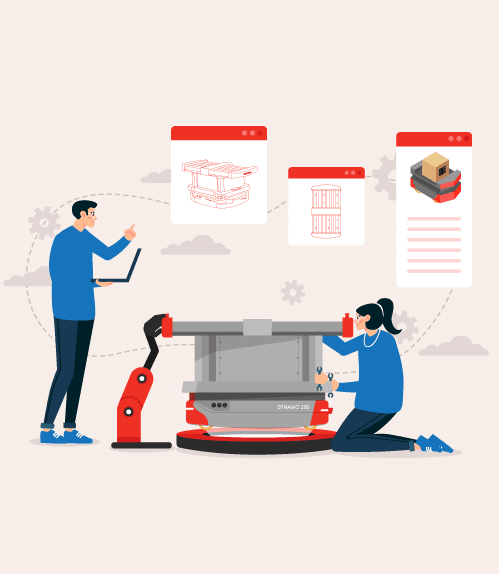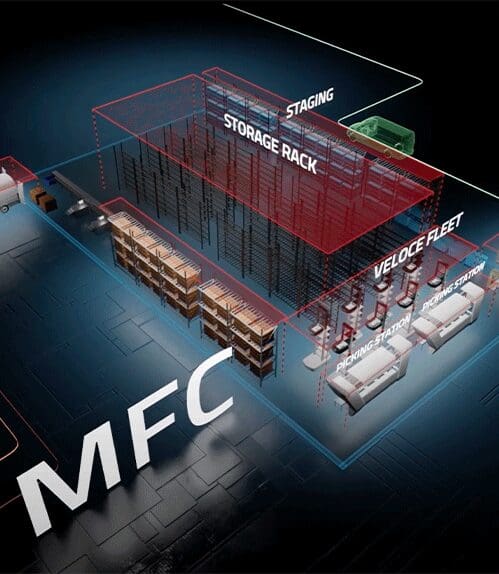Planning is everything in automation for the solution to last long, sustain the rigour of operations, and achieve the required throughput along with ensuring highest safety standards. Identifying the need for an automation planning or drawbacks of the existing systems is the first step towards automation journey, however, to get the right automation solution, one should be clear about the objectives to be achieved through automation. Because one objective can be achieved through multiple solutions and there is a plethora of technologies available today, so choosing which one to opt for is a daunting task & requires both business understanding as well as process understanding backed by data analysis.
So before going for an automation solution, we at Addverb thought one must check some critical parameters and listed down the below points for your reference;
- Being crystal clear about the ‘Automation Objectives’ – As mentioned above, it is the cornerstone for the entire automation journey hence considerable deliberations need to be done with all the stakeholders involved within and outside the team. This includes arriving at the time-bound results and bringing everyone onto the same page.
- Maturity of the technology that is being proposed — So, once the objectives are finalized, now it’s time to look for the means through which these objectives can be achieved. Do a thorough market research about the different solutions that are there in the market and weigh the pros and cons of each of them. Either an in house automation expert or a consultant or an end to end automation solution provider like Addverb can be of help.
- Process dependencies – What are the systems to which the output of this automation will be going to and what are the input feeding systems to it and any special details to be considered. This step requires to look at a broad picture of the impact of automation on warehouse activities and will help in figuring out areas which need to be upgraded before going for an automation.
- Criticality of the solution – What are the performance expectations in terms of TAT, capacities creation, productivity etc at each step of the entire system and develop critical methods to test the same.
- Existing infrastructure – How flexible are existing systems, processes, and their capability to integrate and support this automation, sometimes a semi-automated solution might yield better results compared to a fully automated system. Hence compatibility/integration with the existing systems is of paramount importance. — Should not see an automation system as a stand-alone entity
- Automation Planning – Knowing where your facility is on the automation path and determining where you would eventually like to be is essential and it will help in determining where and when to start/upgrade automation.
- Budgets & ROI expectations – The most thought of & very critically evaluated parameter, not just while considering automation internally among the board members but at every phase of the work from evaluating the automation partner, evaluating the automation technology, while executing the product and even maintaining the automation project after successful execution. Comparison of existing total operational costs with the estimated cost of an automated solution and the benefits that are expecting out of automation & over what duration will help in better decision making. At the beginning, there might not be concrete data & a lot of parameters might change over the time, hence being extremely conservative about it will be a good option.
- Readiness of your staff/Human resources readiness – Success of any change to the status quo and how quickly people will imbibe it depends on the readiness of the people for the change and their willingness to embrace it. In case of automation, it is not only the technical skill set that plays important role but also the mental preparedness to accept automation. So, organization wide awareness needs to be ensured & and to handle the automation systems, a careful assessment of current employees’ skills need to be done; in case of shortage plans to upskill or new recruitment has to be made.
- Scale up strategy: It is essential to be clear about expanding the automation strategy to other facilities over the long-term or upgrading the current system to its next version. A rough strategy for a minimum of 5 years down the line must be crafted.
So, when the word automation is said, its natural to think of ROI, and cost cutting, but there are some soft aspects which might not be factored into these calculations, but play a critical role in deciding the success of automation & due consideration for them needs to be given.








